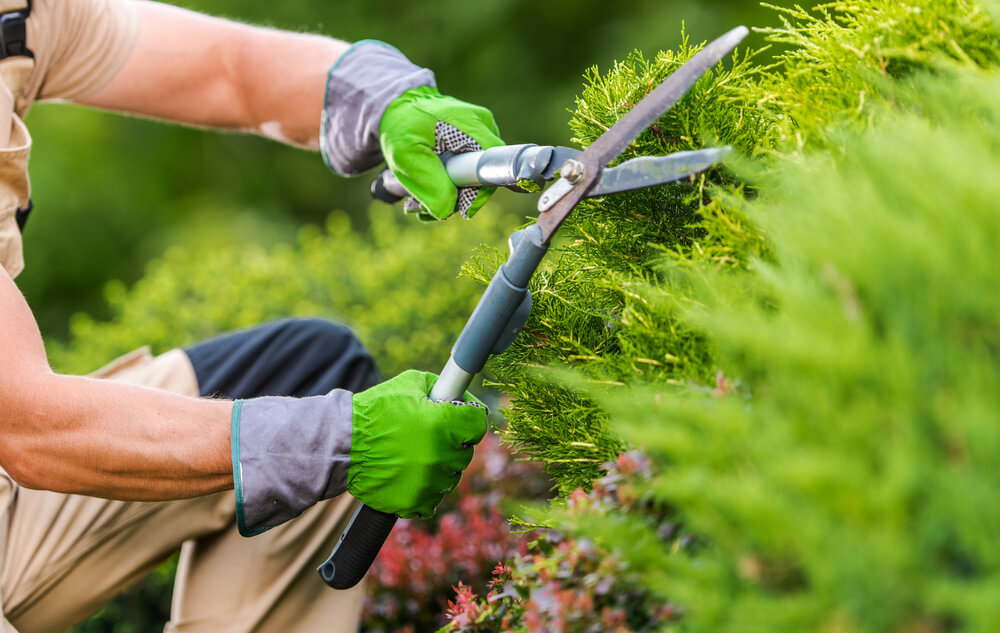When people think of transforming a garden, their minds often jump straight to design: raised beds, decking, statement planters, and architectural planting schemes. But for many homeowners, especially those who have inherited an overgrown outdoor space or bought a property where nature has taken over, there’s a vital step before any of that can begin — and that step is garden clearance.
Whether it’s decades of tangled brambles, derelict greenhouses, collapsed fences or just sheer volume of green waste, clearing a garden is often more than just a tidy-up. It’s hard, time-intensive work, and doing it right can make the difference between a frustrating, piecemeal project and a successful, satisfying transformation.
Why Does Garden Clearance Matter?
The short answer is: because you can’t build on a mess. No matter how ambitious your ideas are for a space, a neglected garden presents challenges that must be tackled first. Dead plants, overgrowth, buried rubble, rotten timber, or uneven ground can all halt or delay more meaningful improvements. More than that, they can mask deeper issues — old drainage problems, damaged outbuildings or unlevel foundations.
Clearance work not only gives you a physical blank canvas, but a psychological one too. It’s only once the space is stripped back to its essentials that homeowners can truly assess its potential.
Common Situations That Call for Clearance
While clearance can be part of any landscape improvement, it’s particularly relevant in a few key situations:
- New homeowners: Properties that have been unoccupied for months or years can come with neglected gardens that have become unusable.
- End of tenancy: Letting agents and landlords often call in clearance teams between tenants, especially where outdoor areas have been ignored.
- Inherited or probate properties: In these emotionally complex cases, garden clearance is often part of a wider reset — preparing the home for sale or renovation.
- Pre-landscaping prep: Even the best garden designers need a clear, level, weed-free base before laying paving, turf or planting borders.
In each of these scenarios, clearance is not about aesthetics — it’s about viability. No one wants to lay a new patio over a root-infested bed or install raised beds beside a collapsing shed.
What’s Involved in a Proper Garden Clearance?
The phrase ‘garden clearance’ is deceptively simple. In reality, it involves a range of tasks depending on the condition and layout of the space. A typical clearance might include:
- Cutting back brambles, ivy, and invasive species
- Removing saplings or dead trees
- Lifting and disposing of broken paving or fencing
- Taking down unstable structures like greenhouses or sheds
- Clearing compost piles, bins, and accumulated waste
- Leveling uneven ground
- Separating and recycling materials wherever possible
Many homeowners begin with the idea of doing it themselves, but soon realise the physical labour, waste volume, and transport logistics are considerable — especially when green waste skips are required or waste removal must comply with local regulations.
For those in the South East looking for this kind of practical support, garden clearance services in Surrey offer a local, hands-on solution that gets results quickly and efficiently.
More Than Just Tidy: Clearance and Safety
In some cases, clearance isn’t just about starting a garden project — it’s about making the property safer. Overgrown gardens can attract vermin, hide broken glass or sharp metal, and even cause damage to buildings if ivy or root systems spread unchecked. In urban areas, unchecked front gardens can lower kerb appeal significantly and even affect property values.
Clearance also improves accessibility. For older residents or those with mobility needs, navigating an overgrown path or sloped garden can be hazardous. Removing trip hazards and clearing space can help people feel more confident in using and enjoying their garden again.
Clearance and Climate: A Subtle Environmental Benefit
In a world more focused on sustainability than ever before, clearance might sound counterintuitive — cutting down and removing growth. But in many cases, it’s the start of a more responsible, biodiverse future for the garden.
Removing invasive species allows for replanting with native plants that support pollinators. Clearing derelict, impermeable surfaces opens up opportunities to install permeable paving or plant new beds that absorb rainwater and reduce runoff. Garden clearance is often the gateway to more thoughtful, sustainable design.
Looking Ahead: What Comes Next?
Once a garden has been cleared, homeowners often find themselves re-energised. It’s easier to make decisions about layout, planting, and lifestyle features when you’re looking at a clean, manageable space rather than a jungle.
Clearance teams often leave a site not just cleaner, but also with basic improvements made — tree stumps removed, boundary lines re-established, or old paving taken up ready for new works.
While it may not be the most glamorous part of a garden makeover, clearance is arguably the most important. It’s the unseen groundwork that lets the rest of your ideas flourish. Without it, everything that comes after is built on an unstable foundation — figuratively and sometimes literally.
So next time you scroll through garden inspiration or plan a summer project, spare a thought for the behind-the-scenes effort it takes to make those beautiful designs possible. Sometimes, the best way to grow something new is to start by clearing space.

